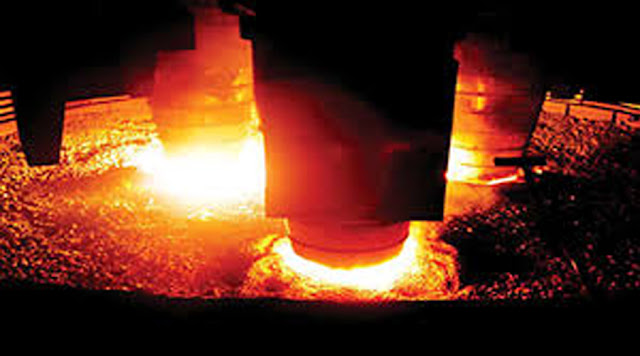Submerged Arc Furnace Electrodes Purchase Requirements
Submerged arc furnaces are widely used in the metallurgical industry to produce ferroalloys, metallic silicon and other materials. The success & efficiency of these furnaces depends largely on the quality and performance of the electrodes used.
Therefore, understanding the procurement requirements for submerged arc furnace electrodes is critical to ensuring optimal performance and cost-effectiveness.
Submerged Arc Furnace Electrodes Purchase Requirements
1. Electrode composition:
The composition of the electrode plays a crucial role in SAF performance.
The most commonly used electrode materials are graphite and carbon-based materials. Graphite electrodes are preferred due to their high thermal conductivity, low electrical resistance and excellent mechanical strength. Electrodes must be selected with the correct composition to withstand the extreme temperatures and chemical reactions that occur within an electric arc furnace.
2. Size & diameter:
Electrode size & diameter should be carefully considered to ensure compatibility with a specific submersible furnace.
Electrode size is directly related to furnace capacity and power requirements. Oversized or undersized electrodes can lead to inefficiencies, reduced productivity and increased energy consumption. Its important to consult with the furnace manufacturer or an expert in the field to determine the best electrode size and diameter for your particular furnace.
3. Conductivity:
The electrodes should have high electrical conductivity to ensure efficient transfer of energy during the smelting process.
Low conductivity results in power loss and reduced productivity. Therefore, electrodes with high conductivity must be selected to maximize energy efficiency and reduce operating costs.
4. Mechanical strength:
The electrodes of SAF are subject to great mechanical stress due to the weight of the materials being processed and the high temperatures in the furnace.
Therefore, the electrode should have excellent mechanical strength to withstand these conditions. Insufficient mechanical strength can cause electrodes to break, resulting in production downtime and increased maintenance costs.
5. Chemical stability:
The chemical stability of the electrodes is critical to withstand the harsh chemical environment inside the furnace.
The electrodes should be resistant to oxidation, corrosion and erosion caused by molten metal and slag. Graphite electrodes containing high-quality binders and antioxidants are preferred due to their excellent chemical stability.
6. Supplier reputation:
When purchasing submerged arc furnace electrodes, its crucial to choose a reliable and reputable supplier.
A reputable supplier will provide high-quality electrodes that comply with industry standards and specifications. They should have a track record of supplying electrodes to reputable companies and have the necessary certifications and accreditations.
7. Cost-effectiveness:
While the quality of the electrodes should not be compromised, the cost-effectiveness of the purchase must be considered.
Its crucial to compare prices from different suppliers and assess overall value for money. Factors such as electrode life, energy efficiency, and maintenance requirements should be considered to determine the long-term cost-effectiveness of an electrode.
In summary, purchasing submerged arc furnace electrodes requires careful consideration of various factors such as electrode composition, size, conductivity, mechanical strength, chemical stability, supplier reputation and cost-effectiveness. By understanding these requirements and working with reputable suppliers, companies can ensure optimal furnace performance, increase productivity and reduce operating costs.
If you have any needs or questions about submerged arc furnaces, electric arc furnaces, ladle furnaces, induction furnaces and other metal smelting furnaces, please feel free to contact us!
E-mail: saleswn@hanrm.com / inquiry66@hanmetallurgy.com (Daisy Zhai)
Tel / Whatsapp / Wechat: 0086 17791213533
Xi'an Hani Tech Co., Ltd.



Comments
Post a Comment